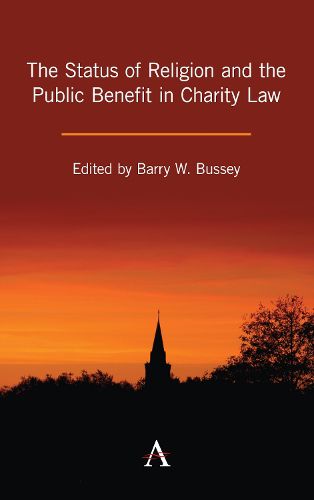Readings Newsletter
Become a Readings Member to make your shopping experience even easier.
Sign in or sign up for free!
You’re not far away from qualifying for FREE standard shipping within Australia
You’ve qualified for FREE standard shipping within Australia
The cart is loading…






‘The Status of Religion and the Public Benefit in Charity Law’ is an apologetic for maintaining the presumption of public benefit for the charitable category ‘advancement of religion’ in democratic countries within the English common law tradition. The argument consists of three broad fronts. First, there is the quantitative approach that considers practical public benefits, such as church-run soup kitchens or summer camps. Second, there is the qualitative approach that considers the positive effects of religion - both tangible and intangible - in the lives of individuals. Third, there is the political approach that appeals to the notion of pluralism in a free and democratic society, where individuals are free to establish religious communities that engage in the public square. To varying degrees, all of these approaches are canvassed in this book.
$9.00 standard shipping within Australia
FREE standard shipping within Australia for orders over $100.00
Express & International shipping calculated at checkout
‘The Status of Religion and the Public Benefit in Charity Law’ is an apologetic for maintaining the presumption of public benefit for the charitable category ‘advancement of religion’ in democratic countries within the English common law tradition. The argument consists of three broad fronts. First, there is the quantitative approach that considers practical public benefits, such as church-run soup kitchens or summer camps. Second, there is the qualitative approach that considers the positive effects of religion - both tangible and intangible - in the lives of individuals. Third, there is the political approach that appeals to the notion of pluralism in a free and democratic society, where individuals are free to establish religious communities that engage in the public square. To varying degrees, all of these approaches are canvassed in this book.